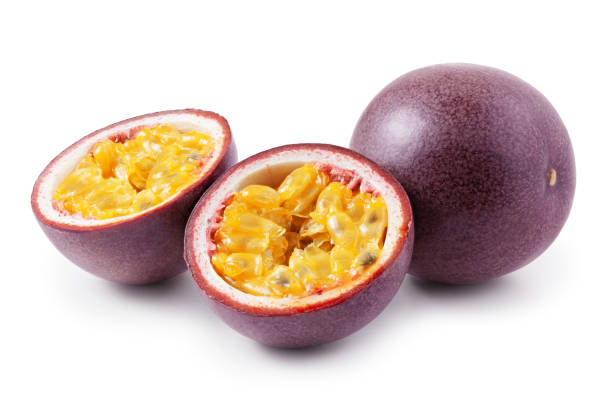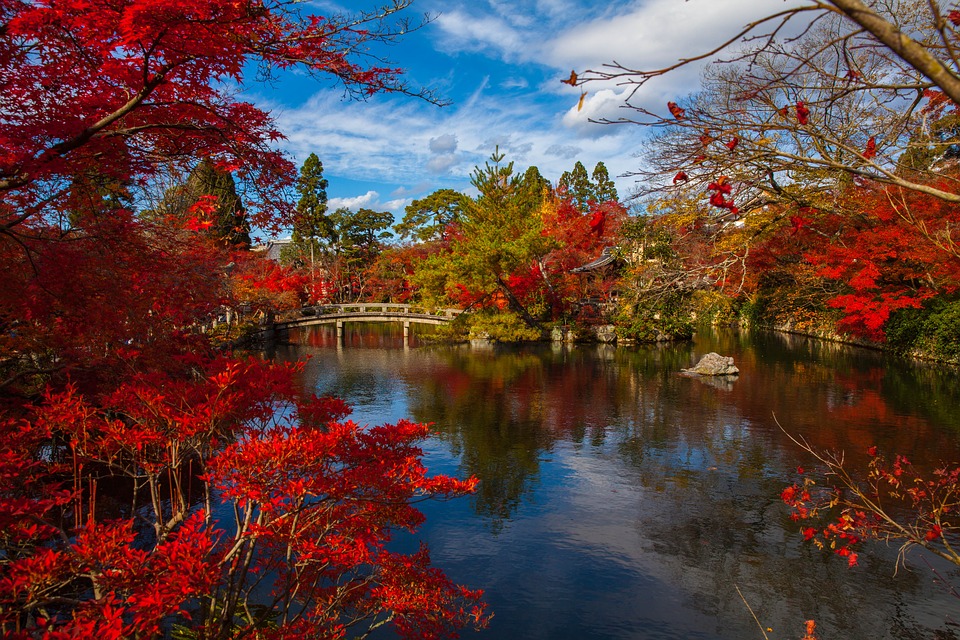The evergreen passion fruit plant is native to southern Brazil. You will find many different varieties, such as Hawaiian, Giant Yellow, Panama Red, and Nellie Kelly. Perhaps the fact that there are more than 50 varieties adds to the plant’s fame. Passionfruit plants are also great climbing vines, which not only make the fruit delicious to eat but can also cover old fences, walls, and other unsightly garden structures.
So if you’re wondering how to grow passion fruit seedlings properly, here’s where to start.
Where to Plant Passion Fruit Seedlings?
To properly care for passion fruit plants, plant them in a sunny location unless you live in a scorching environment. They should be well protected from strong winds. Plant passion fruit in front of a north-facing wall in cold climates to take advantage of radiant heat.
Tip: Google how to grow a passion fruit tree, and you will see how extensive the roots of this tree are. Remember that passion trees are natural climbers and spread over an area of 10 m² or more. Therefore, the place to grow a passion fruit tree should be a place with enough space and free from weeds and other plants. Make sure there is a suitable structure for passion fruit seedlings to grow, such as a fence, wooden trellis, or pergola. This way, you can enjoy your edible passion fruit plants to the fullest.
Best Time to Plant Passion Fruit
The best time to plant passion fruit trees is between spring and midsummer before the cold fall and winter arrive. Protecting the plants from strong winds is essential. When planting multiple trees, ensure that the passion trees are spaced at least 1.5 meters apart.
Selecting the Right Soil
Passionfruit will grow in various soils but will thrive in soils rich in organic matter, well-drained, and have a pH of 6.5 to 7.5. Passion fruit plants should always be planted in soil that is not moist!
What to Feed Passion Fruit Seedlings
Proper feeding is essential at all stages of passion fruit cultivation. Passion fruit trees should be fed in spring and fall twice a year, with well-watered citrus food or chicken manure.
For proper care of passion trees, ensure that the fertilizer is evenly distributed throughout the roots. Never overfeed and do not choose fertilizers with high nitrogen content, as this will encourage leaf growth without regard to flowers or fruit.

Watering
Whether potted or planted in the garden, it is essential to water passion fruit regularly. It is crucial to water when the plant is young, flowering, and fertile. Water passion fruit seedlings twice or thrice a week (but pay attention to weather and climate), and choose to water more often in the dry summer months.
Planting Passion Fruit Seedlings in the Garden: Dig a Hole
Passion fruit seedlings should not be placed in areas where frost, winter cold, or strong winds are likely to reach them.
Begin the planting process by making a hole in the ground. The depth should be twice as deep as the plant’s bulb and twice as wide.
Planting Passion Fruit in the Garden: Adjusting the Bulbs
Before continuing, carefully loosen the bulb of the plant.
Planting tip: To encourage plant growth, add a mixture of 2 cups of kelp and 1 cup of flour to the soil before planting.
- Place the passion fruit seedlings in the newly dug holes.
- Fill the hole around the bulb with a mixture of potting soil and seasonal compost (or a commercial organic mix).
- Ensure the plant is firmly in the soil and there are no air bubbles.
Let us know if these few tips have helped you in the comments below!


